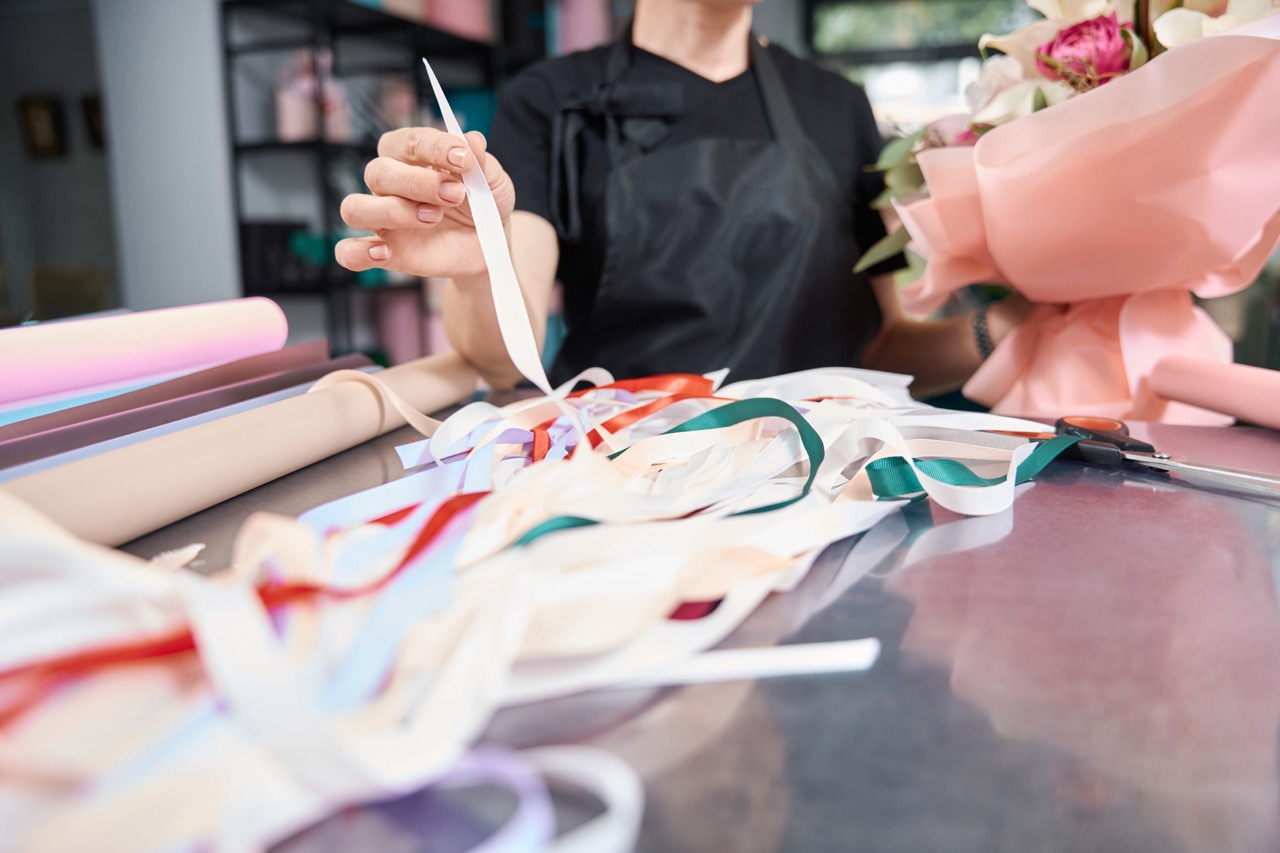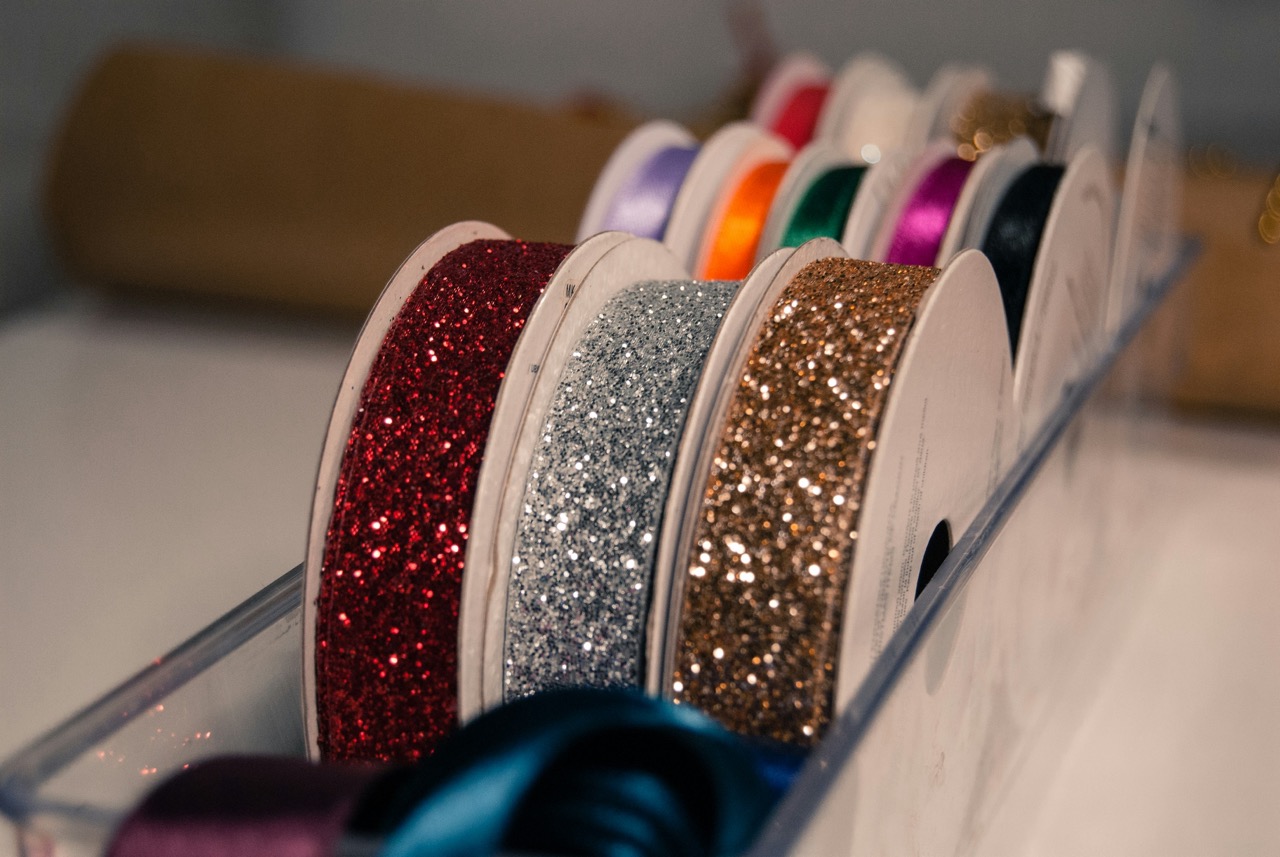Ribbon weaving is a delightful and accessible craft that combines creativity with the elegance of textiles. For beginners, the journey into this art form can be both exciting and overwhelming, filled with colors, textures, and endless possibilities. This guide aims to simplify the learning process, breaking down the essential components of ribbon weaving into manageable sections. Whether you are looking to create beautiful home decor, unique gifts, or wearable art, understanding the fundamentals of ribbon weaving will set you on the right path. Dive into the world of ribbons and discover the joy of crafting your own creations!
1. Discovering the Art of Ribbon Weaving: A Beginner’s Guide
Ribbon weaving is an ancient craft that has transcended time and culture, transforming simple ribbons into intricate designs and patterns. As a beginner, it’s essential to appreciate not only the aesthetics of ribbon weaving but also its therapeutic qualities. The rhythmic motions of weaving can be meditative, allowing you to express your creativity while fostering a sense of calm. With its versatility, ribbon weaving can be adapted to suit both personal style and functional purposes, making it an ideal entry point for those new to crafting.
To embark on your ribbon weaving journey, start by familiarizing yourself with various techniques and styles. Watching tutorials, reading books, or joining workshops can provide valuable insights and inspire your projects. Embrace the learning process and experiment with different methods; remember that each attempt brings you closer to mastering this beautiful art.
2. Essential Tools You Need for Ribbon Weaving Success
Before you dive into ribbon weaving, gather essential tools that will make your crafting experience smooth and enjoyable. The basic toolkit includes a cutting mat, rotary cutter or scissors, a ruler, and a hot glue gun. These items will help you cut ribbons precisely and assemble your projects securely. Additionally, investing in a variety of weaving looms can enhance your skill set, allowing you to create more intricate designs as you progress.
Don’t forget to include a sturdy workspace that is comfortable and well-lit. Having a designated area for your ribbon weaving projects not only keeps your materials organized but also inspires creativity. As you become more familiar with the craft, you may discover additional tools specific to your preferred techniques, such as needle and thread for embellishments or specialty scissors for decorative edges.
3. Choosing the Right Ribbons: Colors and Textures Explained
Selecting the right ribbons is crucial in the ribbon weaving process, as they significantly influence the final look of your project. Ribbons come in various materials, including satin, organza, grosgrain, and velvet, each offering unique textures and finishes. Satin ribbons provide a glossy finish that is perfect for elegant projects, while grosgrain ribbons have a ribbed texture that adds depth to your designs. Experimenting with different materials will allow you to understand how they interact with each other and the overall effect they create.
In addition to texture, color plays an essential role in ribbon weaving. Consider the color wheel and how colors complement or contrast with each other. A harmonious palette can elevate a simple project, while bold color combinations can make a striking statement. Take your time to select colors that resonate with your personal style or the theme of your project, ensuring that the ribbons you choose align with your creative vision.
4. Simple Knots and Bows: Foundation Techniques to Master
At the core of ribbon weaving are the fundamental techniques of tying knots and making bows. Mastering these basic skills is essential for building a strong foundation in your crafting journey. Start with simple knots like the overhand knot, which is used to secure two ribbons together, and progress to more intricate knots like the square knot. Practicing these techniques will help you develop dexterity and confidence, essential for more complex projects in the future.
Bows are not only functional elements in ribbon weaving but also serve as decorative accents that can elevate your designs. Begin by practicing the classic bow tie technique, where you form two loops and tie them together in a stylish manner. As you become more comfortable, experiment with different types of bows, such as layered or cascading bows, to add variety and flair to your creations. Each knot and bow you master opens up new possibilities for your ribbon projects.
5. Basic Ribbon Weaving Patterns: Step-by-Step Instructions
Once you have a grasp of the fundamental techniques, it’s time to explore basic ribbon weaving patterns. Start with simple designs, such as the checkerboard or basketweave pattern, which involve interlacing ribbons in a straightforward manner. Follow step-by-step instructions to create these patterns, paying close attention to the tension and alignment of your ribbons for a polished finish.
As you work through these basic patterns, challenge yourself to modify them slightly, experimenting with different ribbon widths or colors. This experimentation nurtures your creativity and helps you develop a unique style. Document your progress, as this will allow you to track your development and revisit patterns that resonate with you in the future.
6. Creative Applications: From Decorations to Wearables
Ribbon weaving opens up a world of creative applications that extend beyond traditional decor. From embellished hair accessories like headbands and clips to intricate wall hangings and garlands, the potential for creativity is vast. Beginners can start with simple projects, such as creating ribbon bookmarks or decorative coasters, which allow you to practice your skills while producing functional items.
As you gain more confidence in your abilities, delve into wearable creations like ribbon jewelry and clothing embellishments. Consider crafting statement necklaces or unique brooches that showcase your ribbon weaving prowess. The beauty of ribbon weaving lies in its versatility; the skills you develop can be applied to various mediums, allowing you to create pieces that reflect your personal style and creativity.
7. Troubleshooting Common Ribbon Weaving Challenges
As with any craft, ribbon weaving may present challenges, especially for beginners. Common issues include uneven tension, fraying edges, or ribbons slipping out of place. To address uneven tension, ensure that your ribbons are pulled taut but not overly tight, allowing for flexibility in your design. If you encounter fraying edges, sealing them with a small amount of clear nail polish or fray check will help maintain a clean look.
In the case of ribbons slipping, consider using fabric glue or double-sided tape to secure them in place before weaving. Additionally, keep your workspace organized and free from distractions, as a cluttered area can lead to mistakes. Don’t be discouraged by challenges; each problem you encounter is an opportunity to learn and refine your skills.
8. Exploring Advanced Techniques: Taking Your Skills Further
Once you feel comfortable with the basics of ribbon weaving, consider exploring advanced techniques that can take your projects to the next level. Techniques such as dimensional weaving, where you create three-dimensional structures, or incorporating beads and other embellishments can add depth and interest to your creations. Researching and practicing these advanced techniques opens up new avenues for artistic expression.
Additionally, consider experimenting with different weaving styles, such as Japanese kumihimo or Chinese knotting, which can significantly enhance your skill set. Online resources, classes, and tutorials are abundant, providing opportunities for continual learning. Embracing these advanced techniques will not only elevate your work but also keep your crafting experience fresh and exciting.
9. Incorporating Mixed Media: Elevate Your Ribbon Projects
Adding mixed media elements to your ribbon weaving projects can enhance their visual appeal and complexity. Consider incorporating materials like fabric, paper, beads, or wire to create unique textures and layers. For instance, weaving ribbons with strips of fabric can produce an intriguing contrast, while adding beads can provide a touch of sparkle and dimension.
Experimenting with mixed media also allows you to personalize your projects. Whether you are creating a decorative piece for your home or a gift for someone special, the combination of various materials can reflect your individual style and narrative. Embrace the challenge of integrating different media, as it can lead to unexpected and delightful results.
10. Seasonal Projects: Ribbon Weaving for Every Occasion
One of the joys of ribbon weaving is its adaptability to seasonal themes and celebrations. As you become more skilled, consider creating projects that align with various holidays and events. For example, during the winter season, craft festive wreaths or holiday ornaments, while spring can inspire vibrant floral arrangements made from ribbons.
Think beyond traditional holidays; consider creating projects for birthdays, anniversaries, or even back-to-school gifts. The ability to tailor your ribbon weaving projects to specific occasions not only showcases your creativity but also makes your gifts and decorations more meaningful. Explore the themes of each season, allowing the colors and symbols to inspire your ribbons and designs.
11. Tips for Maintaining and Storing Your Ribbon Supplies
Keeping your ribbon supplies organized and well-maintained is essential for a smooth crafting experience. Start by categorizing your ribbons by color, texture, or width, and store them in clear bins or on spools to avoid tangling. Labeling each container will make it easier to find what you need when inspiration strikes.
Additionally, protect your ribbons from direct sunlight and humidity, which can cause fading or damage over time. Consider using acid-free tissue paper or a fabric cover to keep them pristine. By investing time in proper storage and maintenance, you’ll ensure your ribbons remain in excellent condition, ready for all your future weaving adventures.
12. Joining the Ribbon Weaving Community: Share and Learn
As you embark on your ribbon weaving journey, consider joining communities that share your passion for this craft. Social media platforms, forums, and local crafting groups provide opportunities to connect with other enthusiasts, share your projects, and learn from one another. Engaging with fellow crafters can inspire new ideas and techniques, as well as foster friendships through a shared love of ribbon weaving.
Participating in challenges or group projects can also enhance your skills and keep you motivated. Don’t hesitate to share your work and seek feedback; the supportive nature of the crafting community is a wonderful resource for growth. Embrace the camaraderie of fellow ribbon weavers, and enjoy the journey together as you create beautiful, unique pieces.
Ribbon weaving is a rewarding craft that can bring endless joy and creativity into your life. As you explore the various techniques, patterns, and applications outlined in this guide, remember that practice is key to mastery. Embrace the learning process, experiment with materials, and don’t shy away from challenges; each step will deepen your understanding of this art form. By joining a community of fellow enthusiasts, you’ll find inspiration and camaraderie along the way. Happy weaving!










